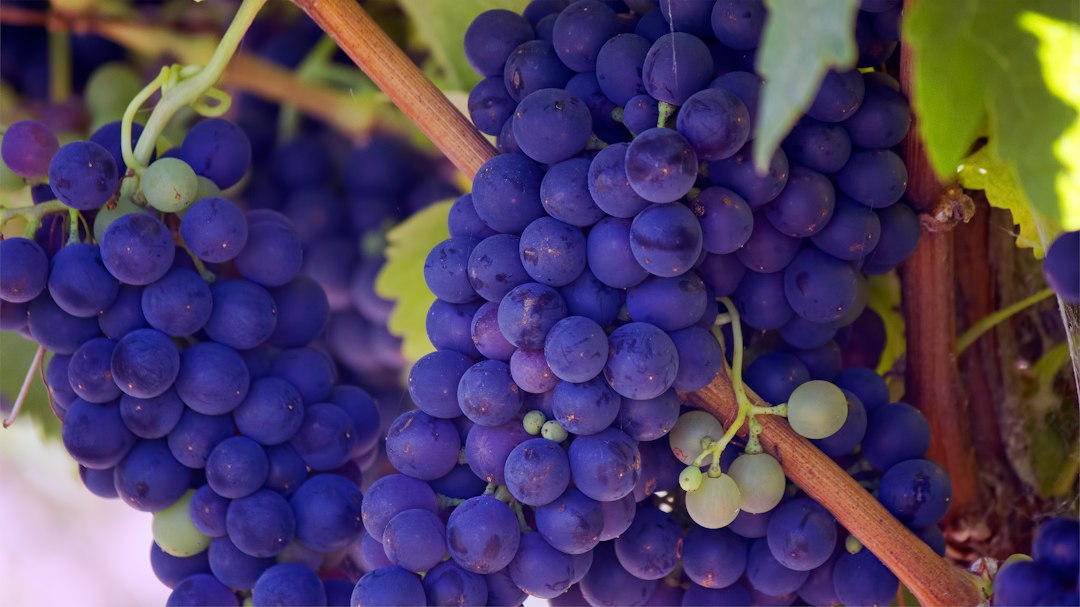
How to Identify Quality Rioja Wine
Share
Rioja wine, a prestigious name in the world of wines, offers an exquisite experience for wine enthusiasts. This Spanish treasure, known for its vibrant, complex flavors and remarkable aging potential, has captured the hearts of wine lovers globally. Understanding how to identify quality Rioja wine can enhance your wine tasting experience, ensuring you select the best bottles that showcase the rich heritage and meticulous craftsmanship of the Rioja region. This guide will delve into the nuances of Rioja Red Wines, covering tasting notes, labels, and aging categories, to empower you with the knowledge needed to recognize top-quality offerings.
Understanding Rioja Wine
Rioja, located in the north of Spain, is divided into three sub-regions: Rioja Alta, Rioja Alavesa, and Rioja Oriental (formerly known as Rioja Baja). Each area contributes its unique terroir, influencing the flavor profile and characteristics of the wine produced. Rioja wines are primarily made from the Tempranillo grape, known for its deep color, fruity flavors, and ability to age gracefully.
The Importance of Terroir
The terroir of Rioja plays a crucial role in the quality of the wine. The diverse climates and soil types across the three sub-regions result in wines with distinct characteristics. Rioja Alta, with its higher elevation and cooler climate, produces wines that are elegant, with a fine balance of acidity and tannins. Rioja Alavesa, known for its limestone-rich soils, yields wines with a robust structure and high aging potential. Rioja Oriental, with its warmer climate, offers wines that are fruitier and more aromatic. Understanding the impact of terroir on wine can help you appreciate the diversity and complexity of Rioja wines.
The Grapes of Rioja
While Tempranillo is the star of Rioja, other grape varieties such as Garnacha, Graciano, and Mazuelo are also used in blends to add complexity and depth. Tempranillo provides the backbone, with its flavors of cherry, plum, and tobacco, while Garnacha adds body and fruitiness. Graciano contributes vibrant acidity and aromatic intensity, and Mazuelo brings tannins and longevity. A quality Rioja wine skillfully balances these elements, creating a harmonious and distinctive expression.

Deciphering Rioja Wine Labels
Rioja wine labels are your gateway to understanding the wine's quality, aging, and origin. Familiarizing yourself with the key elements on the labels can significantly enhance your ability to select top-quality wines.
Aging Categories
Rioja wines are classified into four main aging categories, each indicating the wine's aging process and the minimum time spent in oak barrels and the bottle before release:
- Joven: These wines are released young, with minimal or no oak aging, showcasing the fresh, fruity characteristics of the grapes. They are meant to be consumed within a few years of bottling.
- Crianza: Red wines labeled as Crianza have spent at least one year in oak barrels and several months in the bottle, resulting in a balanced blend of fruit and oak flavors. These wines offer great value and are ready to drink upon release, though they can age for a few more years.
- Reserva: Reserva wines are made from select grapes in the best vintages. They are aged for a minimum of three years, with at least one year in oak. These wines are more complex, with a harmonious integration of fruit, oak, and tertiary flavors developed during bottle aging.
- Gran Reserva: The pinnacle of Rioja aging categories, Gran Reserva wines are produced only in exceptional vintages. They undergo a minimum of five years of aging, with at least two years in oak barrels. These wines are rich, complex, and have significant aging potential.
Reading the Label
Beyond the aging category, the label provides valuable information about the wine's origin, vintage, and producer. Look for the name of the sub-region (if specified) to get an idea of the terroir influences. The vintage year can indicate the climatic conditions during the growing season, which affects the wine's character and aging potential. The producer's name is also crucial, as it can tell you about the wine's style and quality, based on their reputation and winemaking philosophy.
Tasting Notes of Quality Rioja Wine
Tasting is the ultimate test of a wine's quality. Quality Rioja wines exhibit a balance of fruit, oak, acidity, and tannins, with a complexity that evolves as the wine ages.
Identifying Aromas and Flavors
A quality Rioja Red Wine typically presents a bouquet of aromas ranging from ripe red and black fruits in younger wines to dried fruits, leather, vanilla, and spices in aged wines. On the palate, look for a harmonious balance between fruit flavors, acidity, and tannins. The wine should have a smooth texture, with oak influences complementing rather than overpowering the fruit.
Evaluating Structure and Balance
The structure of a wine refers to its body, acidity, tannins, and alcohol, which should be in balance for the wine to be considered of high quality. A quality Rioja should have a medium to full body, with acidity that keeps the wine fresh and tannins that are well-integrated, providing structure without being overly astringent. The alcohol level should support the wine's flavors without dominating the taste.

The Aging Potential of Rioja Wine
One of the hallmarks of quality Rioja wine is its aging potential. The combination of Tempranillo's natural characteristics and the region's aging standards results in wines that can improve and develop complexity over many years.
Factors Influencing Aging Potential
The aging potential of Rioja wine is influenced by several factors, including the grape varieties used, the wine's structure, and the conditions of the aging process. Wines with a higher proportion of Tempranillo and Graciano, known for their acidity and tannins, tend to age better. Additionally, wines that have been aged longer in oak and bottle before release have a greater capacity for further aging, as they have already begun to develop complexity.
How to Age Rioja Wine
Proper storage is crucial for aging Rioja wine. Bottles should be kept in a cool, dark place, with a consistent temperature around 12-15°C (54-59°F), and at a humidity level of 70-80% to prevent the cork from drying out. Wines should be stored horizontally to keep the cork moist, which helps maintain the seal and prevents oxidation. With the right conditions, quality Reserva and Gran Reserva Riojas can age gracefully for decades, developing a profound complexity and elegance.
Pairing Food with Rioja Red Wines
Pairing food with Rioja Red Wines can elevate both the wine and the meal to new heights of culinary pleasure. The versatility of Rioja wines makes them suitable for a wide range of dishes.
Ideal Pairings for Rioja Wines
The bright acidity and robust flavors of Rioja Red Wines make them perfect companions for grilled meats, game, and hearty stews. The fruitiness of Joven and Crianza wines pairs well with lighter dishes, such as charcuterie and mild cheeses. Reserva and Gran Reserva wines, with their deeper flavors and complexity, complement rich dishes like roasted lamb, beef, and aged cheeses.
Tips for Successful Pairings
When pairing food with Rioja wine, consider the intensity of both the wine and the dish to ensure they complement each other. A good rule of thumb is to match the weight of the wine with the weight of the food. Also, take into account the wine's aging category, as the additional flavors developed through aging can influence the pairing. Experimenting with different combinations can lead to delightful discoveries and enhance your appreciation of Rioja wines.
Conclusion
Identifying quality Rioja wine involves understanding the region's terroir, grape varieties, aging categories, and the nuances of tasting. By paying attention to labels, recognizing the characteristics of quality wine, and appreciating the aging potential, you can select exceptional Rioja wines that showcase the best of this renowned wine region. Whether you're a seasoned wine collector or a curious enthusiast, the world of Rioja wine offers a rich tapestry of flavors and experiences waiting to be explored.
For more insights into the world of Spanish wines, be sure to check out our articles on Top 10 Must-Try Rioja Red Wines, The Best Rioja Wines for Collectors, and Pairing Food with Rioja Reds.
